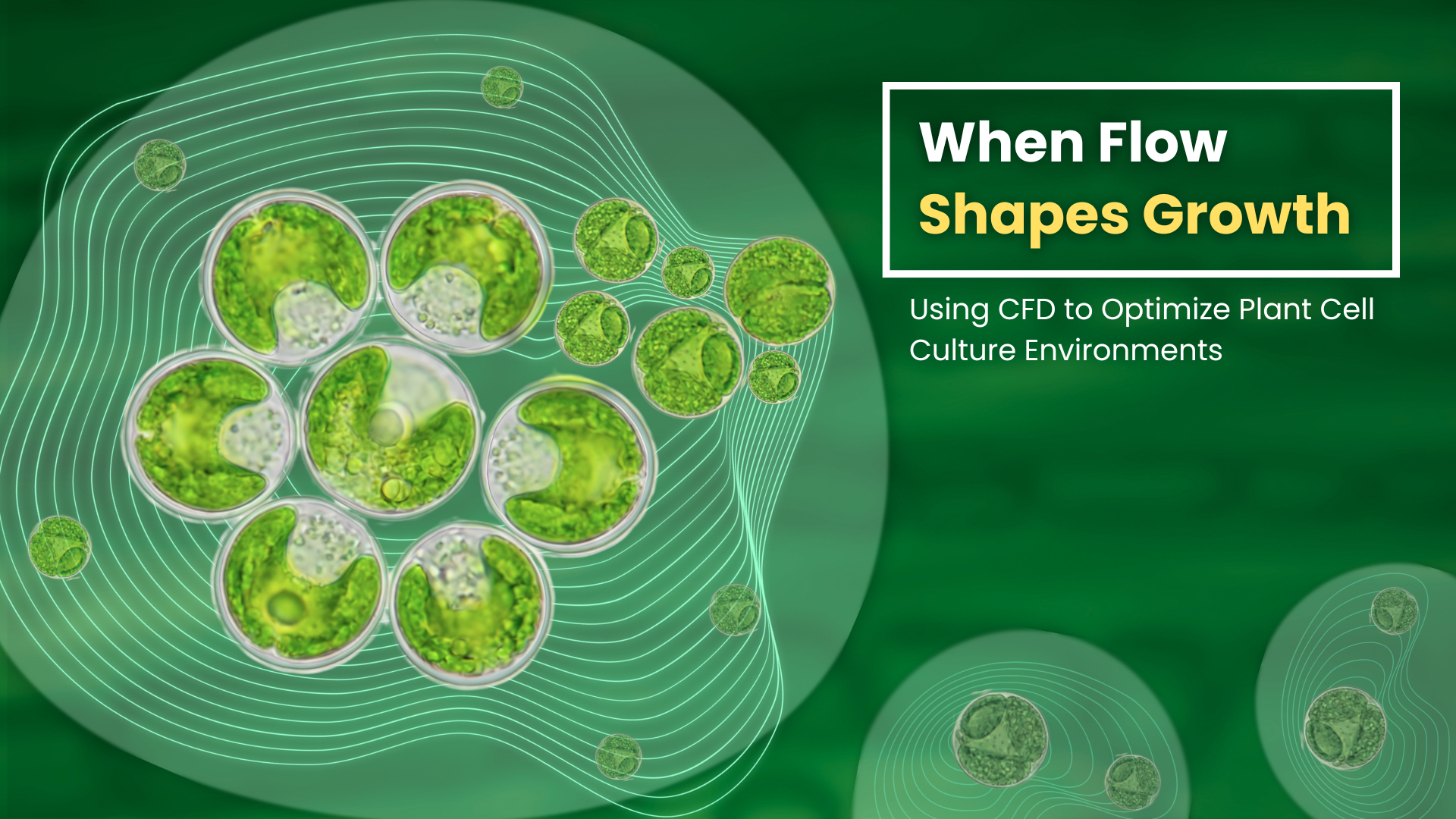
Small is big. Big is small. Then again, small is better. It’s amazing how the more and more electronic devices shrink in size, the better they are.
Thus devices called nanoelectromechanical systems (NEMS), which integrate electrical and mechanical functions at a nano (one-billionth) meter scale (hundred-thousandths of the average diameter of a hair) are fast becoming popular.
NEMS show immense promise and novelty in applications that demand high speed, ultrasensitivity, and low power consumption. These devices are gradually being miniaturized, and this has led to an increase in resonant frequency, enhanced force and mass sensitivity, and improved energy efficiency in radiofrequency circuit applications.
However, miniaturization leads to challenges in transduction and deterioration of the material’s properties.
This is why graphene is used amply in NEMS. Graphene has many advantages. It is very thin, has a high Young’s modulus, which means that it can be bent and stretched easily, and has low mass density. It also has high conductivity and high electron mobility.
Usually, a process known as chemical vapour deposition (CVD) growth process is used with graphene to address large-area processing of applications. However, this process is very expensive, complex, and has a high thermal budget which means that an alternative method needs to be used.
Solution-based deposition of graphene oxide (GO) and its subsequent chemical conversion to reduced graphene oxide (rGO), is a suitable alternative. This process is simpler and more cost-effective when compared to CVD. Like graphene, rGO has a high Young’s modulus, has low mass density, and can be manipulated easily.
In this study, the authors Mr. Sudarsan Majumder, Mr. Nikhil Patil, and Prof. Soumya Dutta from the Department of Electrical Engineering, Indian Institute of Technology Madras, Chennai, India, have implemented a solution-based technology for large-area processing of an rGO film compatible with microelectronic processing that can ensure facile process integration and good reproducibility. Patterning of rGO film and transfer of patterned rGO on the active device area are the two key inventions, which happen indigenously at IIT Madras leading to two Indian Patents (Indian Patent Nos. 328723, 345100). Typically, most of the graphene-based device fabrication involves electron beam lithography (EBL), which is good only for research. However, EBL is not scalable and impractical for large-scale production. On the contrary, the IIT Madras group used CMOS-compatible scalable technology such as photolithography, etching etc. for device fabrication.
To the best of the authors’ knowledge, only one research group has so far reported the use of nanomechanical rGO drums, after which there have been very limited efforts made to fabricate rGO-based NEMS due to lack of adaptability to microelectronic processing, resulting in a loss of reproducibility. In this work, the approach was tailored such that all-electrical actuation and read-out of the fabricated devices was achieved. This was done using both frequency modulation (FM) downconversion and piezoresistive mixing methods. A resonance frequency of around 28 to 32 Megahertz was achieved.
This study holds promise for the low-cost scalable production of ultrasensitive rGO-based NEMS devices through batch processing that can promote their integration in practical applications like highly efficient force and mass sensors.
The fabrication process is compatible with current microelectronic technology and can foster the prospect of on-chip implementation of rGO NEMS toward possible applications such as molecular sensors and mass detectors. IIT Madras group has also mentioned that they have already developed a second generation of devices, which includes a large-scale monolithic on-chip fabrication process without involving the rGO transfer method. The study is underway and will be communicated shortly.
Prof. Philip Kim, Professor of Physics and of Applied Physics at Harvard University, USA, acknowledged the importance of the work done by the authors with the following comments: “Graphene and its derivatives are fascinating low-dimensional materials because of their extraordinary properties. The work of Majumder et al. demonstrates that high-quality nanomechanical resonators are possible using practically achievable reduced graphene oxide. The robustness of the material combined with the compatibility with conventional microelectronic fabrication technologies suggests several exciting practical sensor applications.”
This work was further validated by Prof. Sanjay K. Banerjee, who occupies the Cockrell Chair in Electrical and Computer Engineering, and is also the Director of the Microelectronics Research Center at the University of Texas, Austin, USA. This is what he had to say about the work done by the authors: “This work on the use of reduced graphene oxide (rGO) to make electrically accessible NEMS resonators represents a major breakthrough in the field. Prof. Dutta’s group has made seminal contributions to the fabrication methodology of such rGO resonators. The work is not only interesting scientifically, but will also be useful technologically. I believe that is the reason it was published by a top-tier journal such as Carbon.”
Article by Akshay Anantharaman
Click here for the original link to the paper











